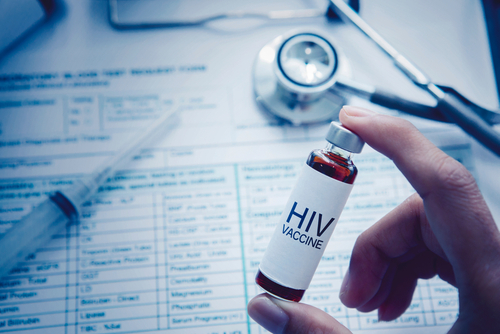
The World Health Organization (WHO) is calling for “urgent action” in the battle against tuberculosis (TB) in order to eradicate the deadly disease by 2030.
WHO’s 2018 Global TB Report was released this week ahead of the first-ever United Nations High-level Meeting on TB, which will take place on Sept. 26, 2018, and be attended by close to 50 heads of state and government.
According to the report, 1.6 million tuberculosis deaths occurred in 2017 (including among 300,000 HIV-positive people). The death rate has been on the decline; there has been a 44% reduction in TB deaths among HIV-positive people and a 29% decrease among those who do not have HIV. Roughly 10 million people developed the disease in 2017, and the number of new cases is falling 2% each year.
Globally, an estimated 10 million people developed #tuberculosis in 2017 https://t.co/txswtAZFZw #EndTB pic.twitter.com/KH4ik0wE3B
— World Health Organization (WHO) (@WHO) September 18, 2018
Challenges remain, though, and according to WHO, more has to be done. Treatment coverage is currently at 64% but needs to grow to at least 90% by 2025 in order to eliminate the disease by 2030.
On Sept 26 the UN will hold the first-ever TB summit #UNHLMTB for world leaders to agree to global goals for fighting #tuberculosis, the world's deadliest infectious disease. This is a historic opportunity that cannot be squandered! #HelpMakeTBHistory https://t.co/SgT9c5IXGW pic.twitter.com/sDN1ewRXKC
— MSF Access Campaign (@MSF_access) September 18, 2018
In 2017, 558,000 people developed a strain of tuberculosis resistant to rifampicin, the most effective first-line TB drug. And the majority of these people had multi-drug resistant TB, which could not be treated by rifampicin or isoniazid, another high-performing TB medicine.
We have never seen such high-level political attention to tuberculosis and understanding of what the world needs to do to #endTB and drug-resistant TB. At #UNGA next week, we must capitalize on this momentum & act together to end this terrible disease https://t.co/nLPOaMBIOE
— Tedros Adhanom Ghebreyesus (@DrTedros) September 18, 2018
Underreporting and under-diagnosis is also an issue. Only about 64% (6.4 million) of the 10 million people who contracted TB in 2017 were officially recorded by national reporting systems. The gap is much larger for children: less than half of children who were infected with TB in 2017 were officially reported. About half of the HIV-positive people who got TB were reported.
Champions. Innovators. Disruptors. Together we can #endTB by 2030! How innovators are taking the fight against TB to the next level: https://t.co/gulf4yYcRF pic.twitter.com/Uo2vjOnQuS
— Johnson & Johnson Health Equity (@JNJHealthEquity) September 20, 2018
“It is unacceptable that millions lose their lives, and many more suffer daily from this preventable and curable disease,” said Dr. Tereza Kasaeva, director of WHO’s Global TB Programme. “We need to join forces to root out this disease that has a devastating social and economic impact on those who are ‘left behind,’ whose human rights and dignity are limited, and who struggle to access care. The time for action is now.”
Read more about IPF diagnosis guidelines.
Source: World Health Organization







 © 2025 Mashup Media, LLC, a Formedics Property. All Rights Reserved.
© 2025 Mashup Media, LLC, a Formedics Property. All Rights Reserved.